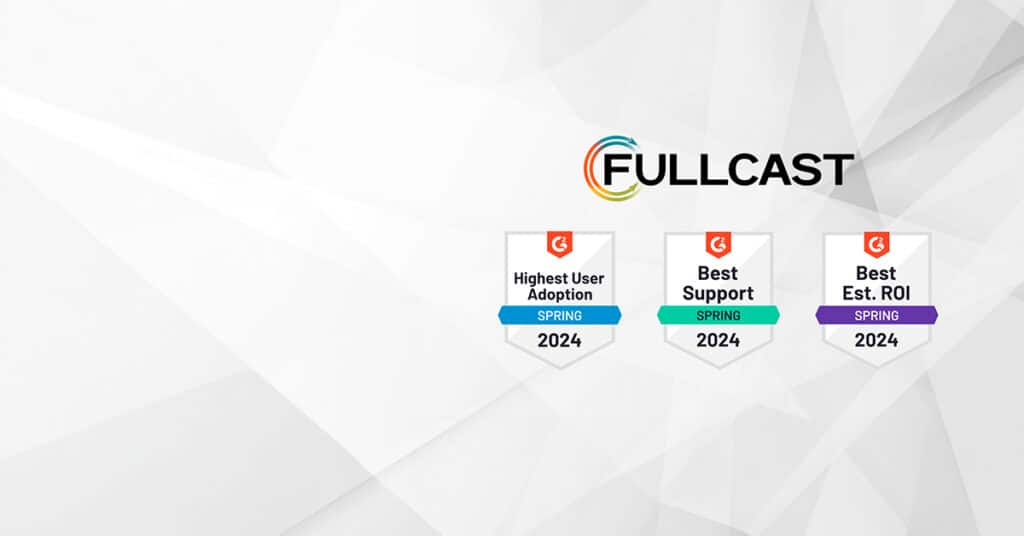As a father of two teenage kids, I could not help but compare the average teenager to a fast-growing company’s CRM. There are a few things common to both. They both have a voracious appetite for resources. All of us can reflect back to the days when we could devour quantities without feeling guilty. Likewise, a growing company can devour resources, both cash and people faster than you can supply. Like teens, growing companies are rebels by nature. Process and policy is an anathema to them. These are things that are perceived as bureaucracy. Its akin to teens rebelling against all the lessons of experience we as parents try to impart. Without direction, teens tend to go haywire. It’s no different for CRMs in growing organizations. Without process and policies, they tend to acquire bad data in their CRM systems. It’s like putting on fat with all the unhealthy eating habits picked up during the teenage years. It makes your systems bloated and impairs your ability to respond and react. CRM systems like humans are living beings. They need to be cared for and nurtured everyday like your teens. That nurture and discipline take the form of defined processes and policies. You need to define your sales process and the supporting policies in advance of your growth so that you are instrumenting healthy habits that allow you to grow and retain your agility to respond to an organization. If we agree that the CRM system is a living being that needs to be nurtured then we need also to agree that if data becomes static things tend to get pungent in the data pond. All things in your CRM system are transient. They need to be moving forward- campaigns, leads, opportunities, cases, they all have a finite shelf life, and your CRM system needs to reflect it. They also age in one direction- things in nature don’t get younger, only older. The two objects that are the most stable are your accounts and contacts. Therefore these need to be nurtured and pruned with an added level of responsibility since they will form the basis of all you could do with your CRM systems .Understanding the value of Account and Contact Data in your CRMManaging your Account and Contact data consistently based on policies will allow you to engage with your audience in the context of their relationship with your organization. We are not talking about enabling account-based marketing; We are talking about enabling Account based everything for all accounts, not just the top 100. Every account and contact deserves to be treated in the context of their relationship with your organization. In our experience, the two key questions that every business needs to answer are :
- Which accounts will you prioritize?
- Who are the buyers you are targeting?
To answer the above, you need to have a good handle on both your account and contact data.
Managing Account Data In Your CRM
Your customers want you to engage with them based on their buying process. While your customer is looking for you to align with their buying process, you are also looking to see if this customer is a good fit for your business. As such, you need to look at your account data through the lens of your ICP (Ideal Customer Profile) and then map the account data structure to align with the customers buying behavior by establishing an account hierarchy and engaging with the account in the context of their current status with your organization. Key questions to be answered here are:
- Who buys your product?
- Is it bought at an individual level or do you have a group of decision makers?
- Do you sell to individual branches of a company or do you sell to the HQ?
This list is unique to your business but who buys your product/service and where the decision is made is key for you to avoid a lot of problems like multiple reps calling into the same account. Investing the time upfront in defining the policies that govern your account hierarchy will be critical to your ability to scale your business. Keeping account hierarchies current and aligned with your sales model is critical to support your sales teams. It will allow you to do a better job around:
- Territory management
- Identifying upsell/cross-sell Opportunities
- Improve insights into your total addressable market
- Leverage existing and previous relationships to drive net new opportunities.
Once you have established the policies around defining your account hierarchies, you can then start developing a true customer 360 view. For more on this topic, you can also listen to Account Hierarchies with Bala Balabaskaran from GrowthOps Podcast in Podcasts. https://itunes.apple.com/us/podcast/growthops-podcast/id1353170949?mt=2&i=1000406959605:
Managing Contact Data
Until and unless you have not been living under a rock, you would have heard about the Facebook data issues. I call them issues and not a hack or a breach since technically no one hacked into Facebook. People willingly shared the data without really understanding the nature of what they were giving consent to. The European GDPR is one step to address the abuse of these kinds of scenarios in the future. The question then is, should we wait for a legal obligation to drive accountability on how we manage this data or is it the right thing for all businesses to handle contact data with care. For those wanting to know more about GDPR, we did a podcast on it earlier this month. Listen to Why Sales Ops should care about GDPR from GrowthOps Podcast in Podcasts. https://itunes.apple.com/us/podcast/growthops-podcast/id1353170949?mt=2&i=1000405108412. You can also google “GDPR” for more information.We believe that handling contact data responsibly is a trust issue. Done right you will not only reap the business benefit of trust but also get a better handle on how to engage with your contacts within an account in the context of an opportunity, case, lead or campaign.Salesforce Spring release 2018 has introduced the notion of the individual object that will allow organisations to capture consent from the contacts and then allow you to handle the contact information more responsibly. However, like any tool, this tool will also need some thought from your end on how to use it.
What Can You Do Next?
- Have you invested in defining your account hierarchy structure?
- Do you track your account and contact status in your CRM system to align with your customer’s buyer journey?
- Have you automated the enforcement of these policies to ensure your CRM is growing healthily with the growth of your company?
To learn more about how fullcast.io can help keep a CRM clean, visit our solutions here.











